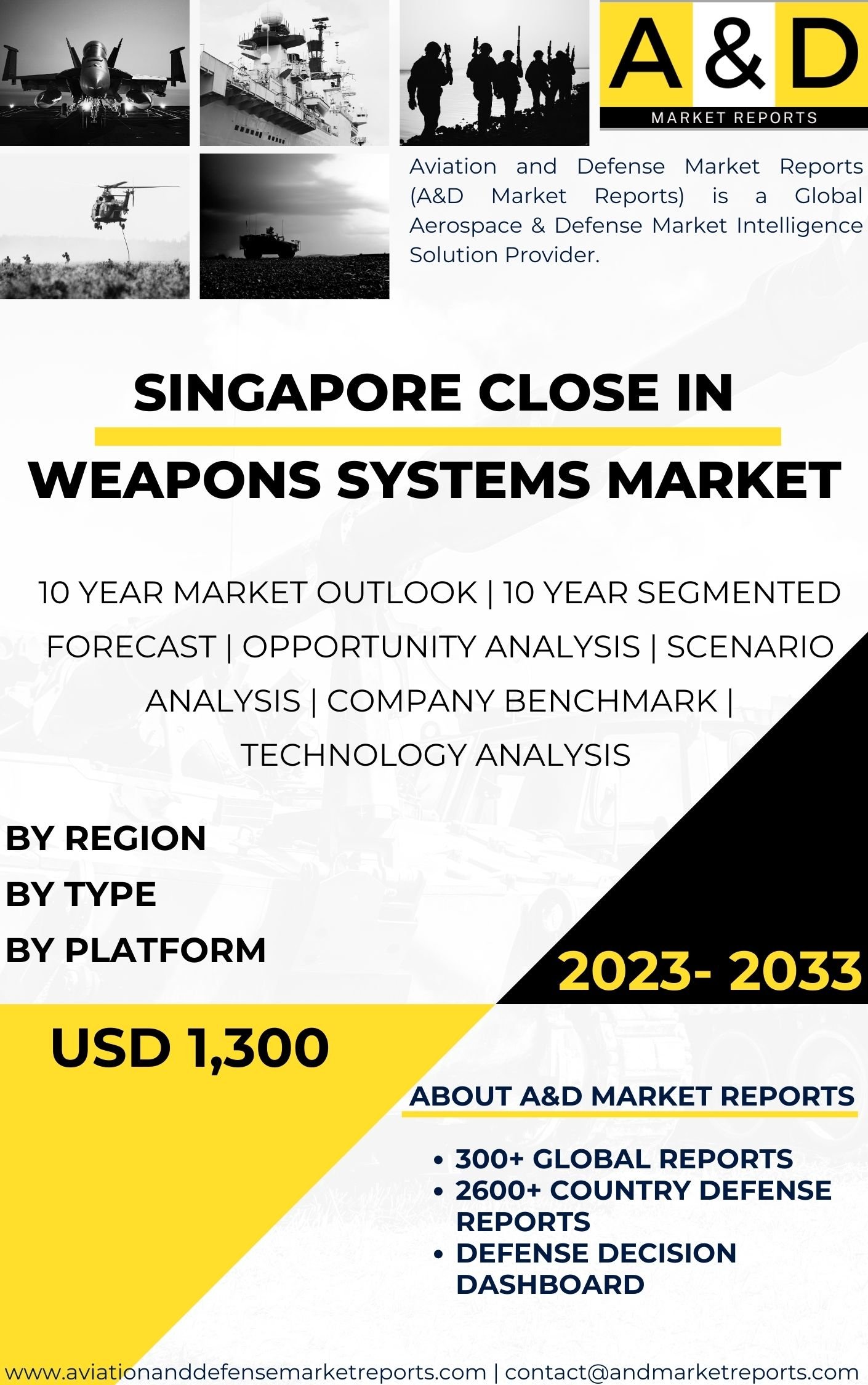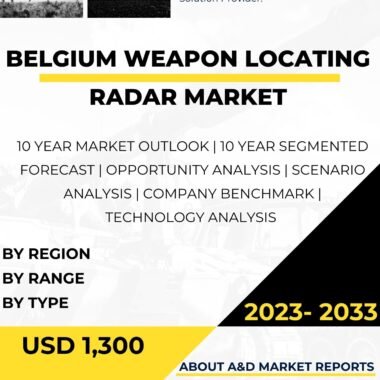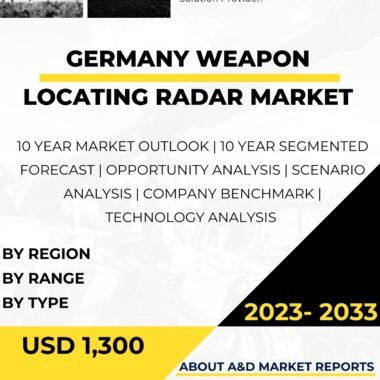Description
The close-in weapons systems (CIWS) market in Singapore has seen notable growth and development in recent years, as the country seeks to enhance its defense capabilities against various threats. As a small and highly urbanized nation in Southeast Asia, Singapore faces unique security challenges, necessitating the adoption of advanced CIWS technologies to protect its critical assets, including naval vessels and military installations.
CIWS plays a critical role in modern naval warfare, providing a final layer of defense against threats such as anti-ship missiles, rockets, and aircraft. These systems are designed to detect, track, and engage incoming threats within short ranges, offering a rapid and precise response to protect naval platforms and their crew.
Singapore’s strategic location in the Asia-Pacific region and its status as a global trade and transportation hub underline the importance of safeguarding its territorial waters and maritime interests. The country’s dependence on maritime trade and its critical infrastructure necessitate robust CIWS capabilities to deter potential adversaries and ensure maritime security.
The Republic of Singapore Navy (RSN) recognizes the significance of CIWS in maritime defense and has invested in advanced systems to enhance its naval assets’ protection. These systems are integrated into various naval vessels, including frigates and landing platform dock ships, as part of the RSN’s multi-layered defense approach.
One of the prominent CIWS systems used by the RSN is the Phalanx Close-In Weapon System, manufactured by Raytheon. The Phalanx CIWS is a rapid-fire, radar-guided gun system that provides a reliable and effective defense against threats. It can autonomously engage and neutralize incoming missiles and projectiles, greatly enhancing the survivability of the protected vessel.
In addition to the Phalanx CIWS, the RSN also operates the Barak missile system, jointly developed by Israel’s Rafael Advanced Defense Systems and Israel Aerospace Industries. The Barak system is a versatile point-defense missile system capable of engaging airborne threats at various ranges, providing an additional layer of protection against high-speed anti-ship missiles and aircraft.
Singapore’s commitment to enhancing its CIWS capabilities is not limited to naval platforms. The country also focuses on protecting its military installations and critical assets on land. For this purpose, Singapore deploys land-based CIWS systems to defend against potential threats, contributing to overall national security.
The adoption of advanced CIWS technologies aligns with Singapore’s focus on technological innovation and indigenous defense production. The country’s defense industry actively participates in research and development initiatives to contribute to the creation of advanced CIWS systems and related technologies.
Furthermore, Singapore collaborates with international defense companies to access cutting-edge technologies and expertise in CIWS development. These partnerships allow Singapore to strengthen its defense capabilities while also contributing to multinational projects and fostering military-to-military ties with other countries.
Singapore actively participates in international defense exhibitions and forums, showcasing its indigenous CIWS technologies and strengthening its position as a reliable defense partner in the global market. The country’s involvement in joint military exercises and multinational security initiatives further enhances its interoperability with partner countries.
As the global security landscape evolves, Singapore’s investment in CIWS will continue to play a vital role in maintaining the country’s security and strategic interests. The ongoing focus on research, development, and indigenous defense production ensures that Singapore’s naval and land forces are equipped with the best available CIWS technologies to meet the challenges of the future.
In conclusion, the CIWS market in Singapore has experienced significant growth, driven by the country’s commitment to enhancing its defense capabilities against various threats. Singapore recognizes the critical role of CIWS in maritime and land defense and has invested in advanced systems to protect its naval vessels, military installations, and critical assets. The country’s focus on technological innovation, indigenous defense production, and international collaborations positions Singapore as a key player in the global CIWS market. As a responsible global player, Singapore actively contributes to regional and global security efforts through its investment in advanced CIWS technologies and participation in international defense initiatives.




